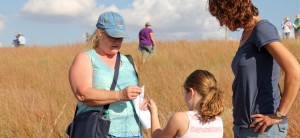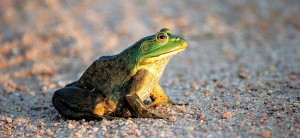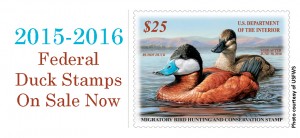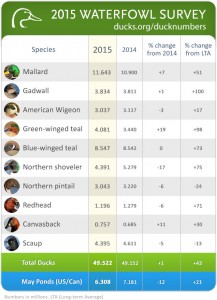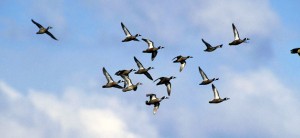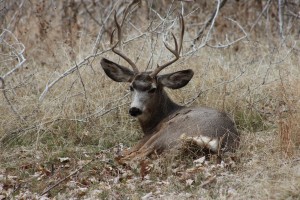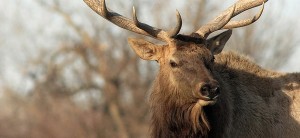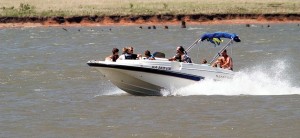Angler instructor course at Dodge City August 19
If you’re passionate about fishing and you believe that every child should have the opportunity to experience it, consider becoming one of the Kansas Department of Wildlife, Parks and Tourism’s (KDWPT) volunteer angler education instructors.
A one-day Angler Education Instructor Certification Course, hosted by KDWPT and Fishing’s Future, will outfit anglers with the tools necessary to work with children and host classes and clinics. The course will be held Wednesday, August 19 at Dodge City High School, 2201 Ross Blvd, at 6:30 p.m. There is no cost to attend.
Attendees will learn about current fishing regulations, species identification, fishing ethics, equipment, knot-tying, casting, fish habitat, aquatic nuisance species, and conservation practices. Apart from being certified, anglers will also receive sample curriculums for running classes.
One way in which certified angler education instructors can utilize their skills is by leading a local high school fishing club. Many Kansas high schools have already implemented similar programs, but there is a need for interested and qualified instructors to help with schools that don’t have fishing clubs. Certified instructors may even be eligible to receive fishing supplies, including poles and bait, from KDWPT at no cost. Fishing license fees for students 16 and older may also be waived for agency-approved events with prior agency approval.
For more information, contact Phil Taunton at (620) 794-5373 or Fishing’s Future coordinator Kevin Reich at [email protected] or (785) 577-6921.

